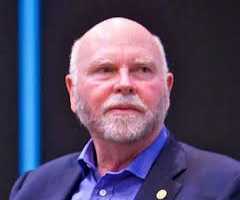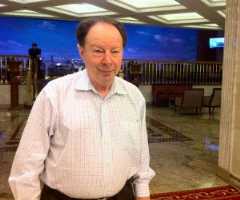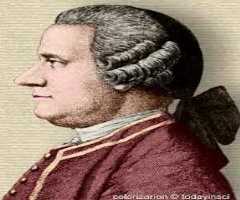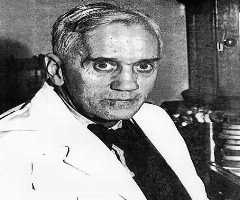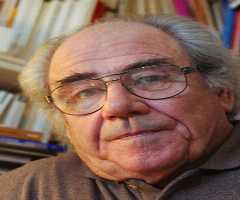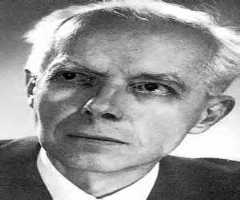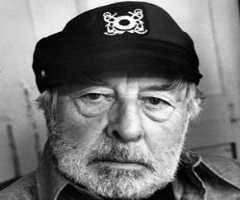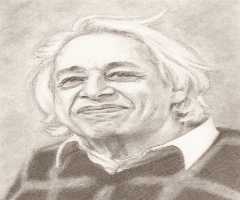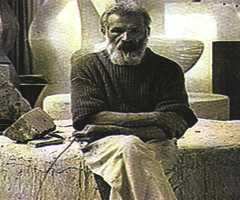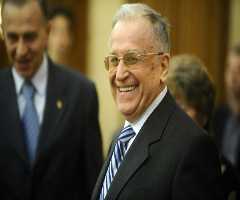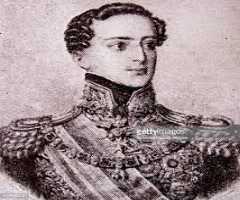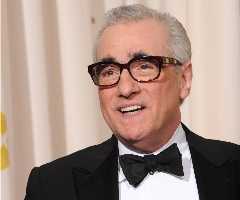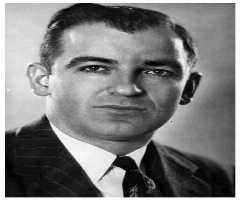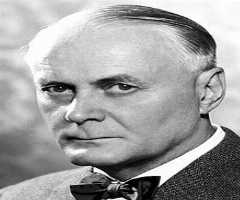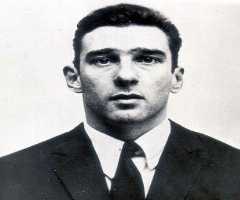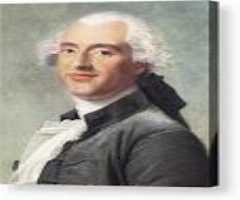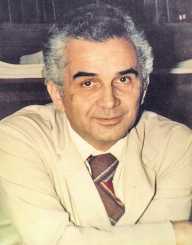
Also Known For : Cell Biologist, Scientist
Birth Place : Ia?i, Romania
Died On : October 7, 2008
Zodiac Sign : Scorpio
George E. Palade Biography, Life, Interesting Facts
George E. Palade was a Romanian-American cell biologist who won the Nobel Prize in Physiology or Medicine in 1974. Born on November 19, 1912, George E. Palade shared the Prize with Albert Claude and Christian de Duve for his work in electron microscopy and cell fractionation that became the basis for modern molecular cell biology especially with the discovery of ribosomes of the endoplasmic reticulum, which he had described in 1955. George E. Palade served at the Rockefeller Institute for Medical Research from 1958 to 1973.
George E. Palade also served as a professor at the Yale University Medical School and the University of California, San Diego. In 1986, George E. Palade was awarded the US National Medal of Science in Biological Sciences for "pioneering discoveries of a host of fundamental, highly organized structures in living cells."
Early Life And Education
George E. Palade was born on November 19, 1912, in Iasi, Romania to Emil Palade and Constanta Cantemir-Palade. His father was a professor at the University of Iasi and his mother a high school teacher. George E. Palade enrolled at the University of Bucharest School of Medicine in 1930. While there, George E. Palade gained interest in basic biochemical sciences through the influence of Francis Rainer, professor of Anatomy and Andre Boivin, a professor of biochemistry.
George E. Palade also worked in the Anatomy laboratory gaining much interest in the field. In 1940, George E. Palade received his M.D from the Carol Davila School of Medicine in Bucharest with a thesis in microscopic anatomy titled “the nephron of the cetacean Delphinus Delphi.” George E. Palade served in the Romanian Army as medical corps during the Second World War.
Career
George E. Palade joined the Carol Davila University after his M.D and worked there until 1946 when he moved to the United States of America for his postdoctoral research under the persuasion of Grigore Popa. In the US, George E. Palade worked for a while in the Biology Laboratory of Robert Chambers at the New York University. It was there that he met Prof. Albert Claude, who he later joined the Rockefeller Institute for Medical Research. George E. Palade became a naturalized citizen of the United States in 1952.
George E. Palade worked at the Rockefeller Institute from 1958 to 1973. From Rockefeller, George E. Palade joined the Yale University Medical School as a professor from 1973 to 1990. From there, he joined the University of California, San Diego from 1990 to 2008. There, he was a Professor of Medicine in Residence (Emeritus) in the Department of Cellular & Molecular Medicine. George E. Palade was also the Dean for Scientific Affairs (Emeritus), in the School of Medicine at La Jolla, California.
George E. Palade received the Louisa Gross Horwitz Prize from the Columbia University in 1970. In 1975, George E. Palade was elected an Honorary member of the Romanian Academy and elected an Honorary Member of the American-Romanian Academy of Arts and Sciences in 1988. George E. Palade was a founding member of the World Cultural Council in 1981.
Research
While at the Rockefeller Institute for Medical Research, George E. Palade and his team researched into cell structures like the ribosomes, mitochondria, chloroplast and the Golgi apparatus using the electron microscopy. Using the experimental procedure known as the pulse-chase analysis, they were able to confirm the existing hypothesis that secretory pathway exists and that a Rough ER and the Golgi apparatus function together.
In 1974, George E. Palade shared the Nobel Prize in Physiology or Medicine with Albert Claude and Christian de Duve "for discoveries concerning the functional organization of the cell that was seminal events in the development of modern cell biology." On December 12, 1974, George E. Palade delivered a delivered his Noble lecture titled, "Intracellular Aspects of the Process of Protein Secretion," which was published by the Foundation in 1992.
Personal Life
George E. Palade was married to Marilyn Farquhar, a cell biologist at the University of California, San Diego. George E. Palade had two children from his previous marriage.
Awards
Aside from the Nobel Peace Prize in Physiology or Medicine, George E. Palade was also awarded the Louisa Gross Horwitz Prize from the Columbia University in 1970, the US National Medal of Science in Biological Sciences in 1986. He was an elected member of the US National Academy of Science in 1961 and a Foreign Member of the Royal Society in 1984.
